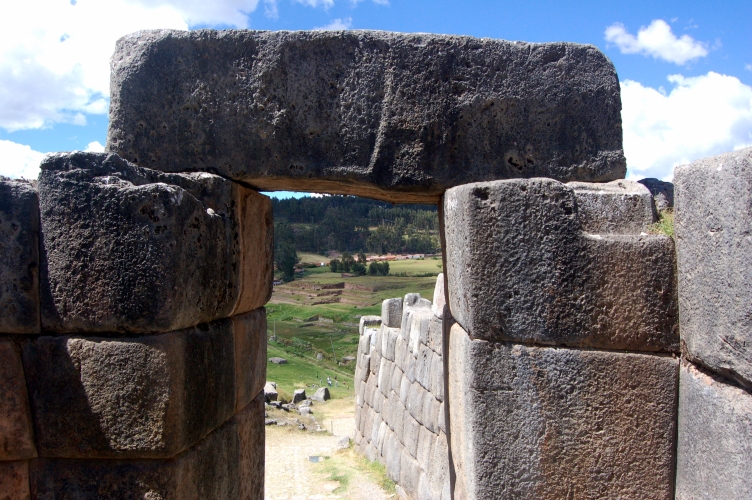Yes, we are going to Machu Picchu, the most impressive Inca city still standing. No, we are not hiking the 4-day iconic Inca trail to get there. We realized that we would not enjoy the hike due to the mandatory guide, porters, and 198 other trekkers keeping us company. Fortunately, the Incas foresaw our dilemma and built dozens of other cities, fortresses, and religious centers with hundreds of trails connecting them. Unfortunately, they also had a penchant for building on mountain peaks.
When the Spanish colonialists arrived in Peru 500 years ago, they decapitated the Inca leaders, subjugated the native Peruvians, and systematically dismantled their buildings oftentimes converting them into churches as they converted the populace to Catholicism. Machu Picchu was spared this defacement and destruction through obscurity, but time and neglect played their roles.
Over the last week, we have climbed over perfectly carved rocks, ingenious hydraulic works, and farming terraces at 8 different sites. The ruins in and of themselves require some imagination to envision what they once might have been. But they all share stunning locations with views of farmland, verdant rivers, forests, and snow-capped mountains. All these ruins can be reached by road, but the old footpaths are still being used by farmers today. Unlike the ruins, we are able to have the trails mostly to ourselves, soaking in the scenery and attempting to outpace the herds of sheep. We say “hola” to the passing farmers, but realize that to ask for directions, we would need to learn Quechua, a language inherited from the Inca civilization like the trails we follow.


Leave a Reply